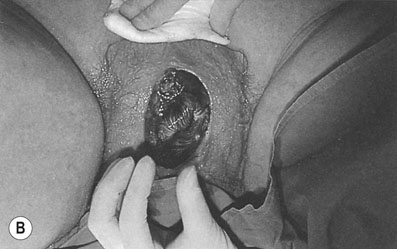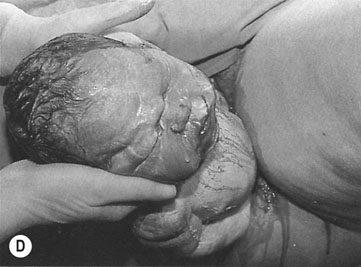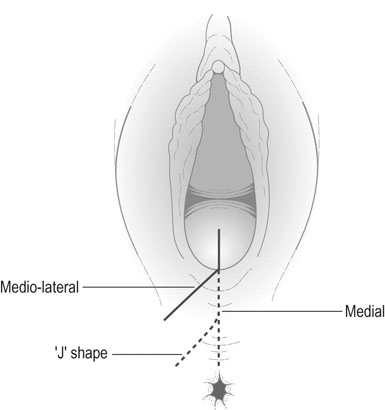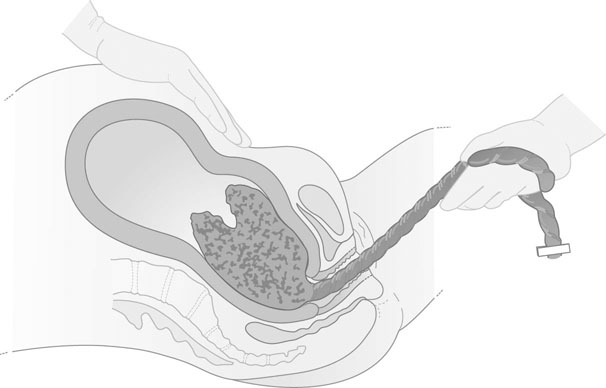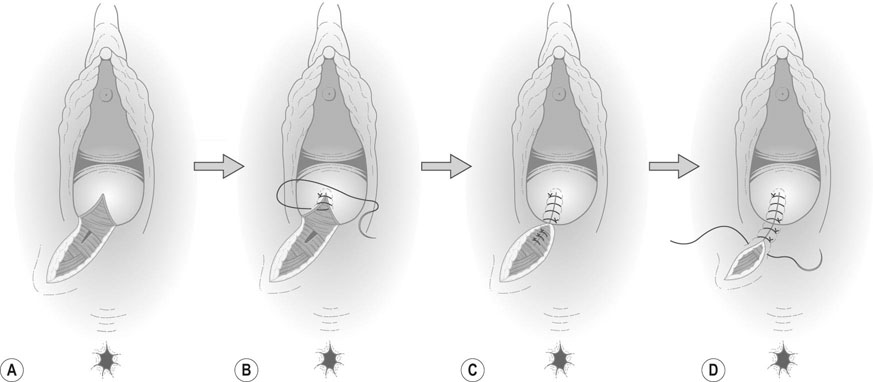Management of delivery
Repair of episiotomy or perineal injury
Third and fourth degree injuries
• 3a: less than 50% of the external sphincter is disrupted
• 3b: more than 50% of the external sphincter is disrupted
• 3c: both the external and internal sphincter are disrupted.
Fourth degree tears involve tearing the anal and/or rectal epithelium in addition to sphincter disruption.
A number of risk factors have been identified, though their value in prediction or prevention of sphincter injury is limited (Box 12.1). It is important to examine a perineal injury carefully after delivery so as not to miss sphincter damage. This may increase the rate of sphincter damage, but it will help to reduce the rate of long-term morbidity.
Malpresentations
Breech presentation is discussed in Chapter 8.
Face presentation
Diagnosis
Face presentation is rarely diagnosed antenatally, but is usually identified during labour by vaginal examination when the cervix is sufficiently dilated to allow palpation of the characteristic facial features. However, oedema may develop that may obscure these landmarks. If in doubt, ultrasound will confirm or exclude the diagnosis. The position of a face presentation is defined with the chin as the denominator and is therefore recorded as mentoanterior, mentotransverse and mentoposterior (Fig. 12.5).


